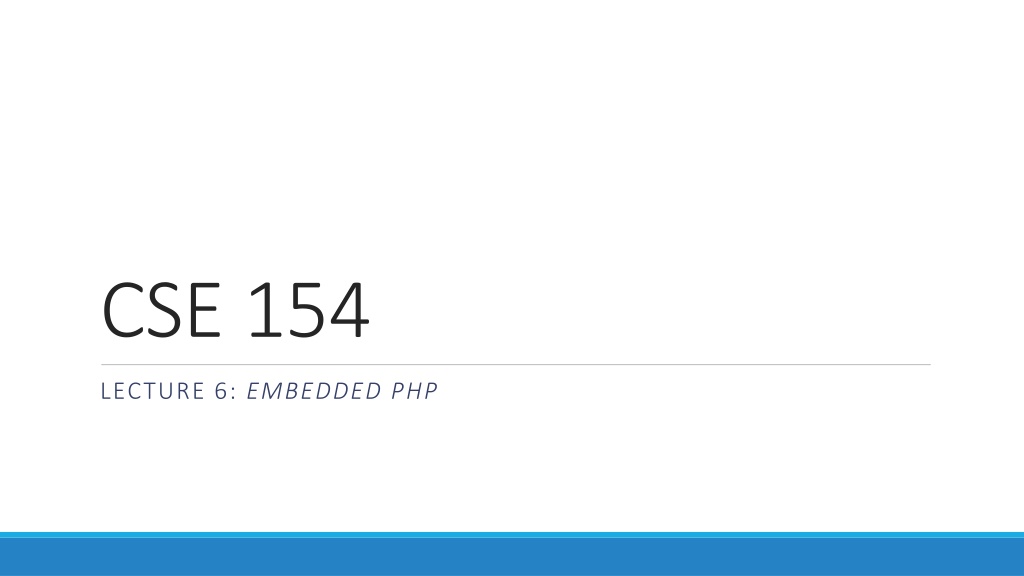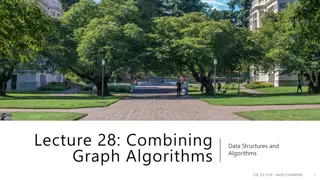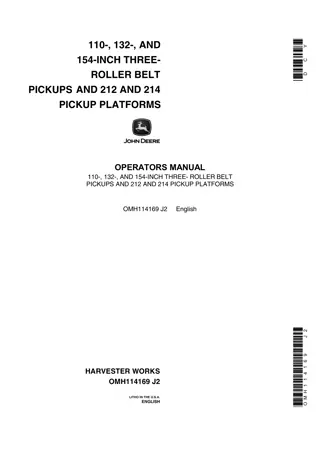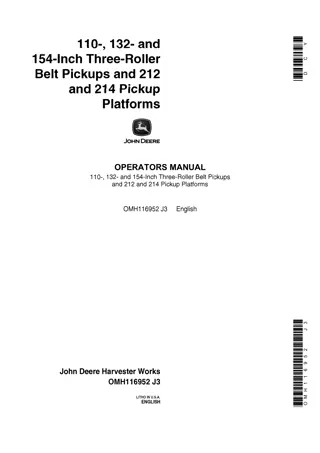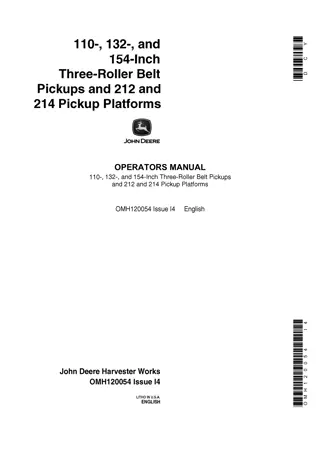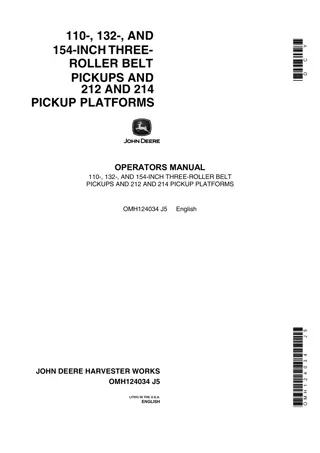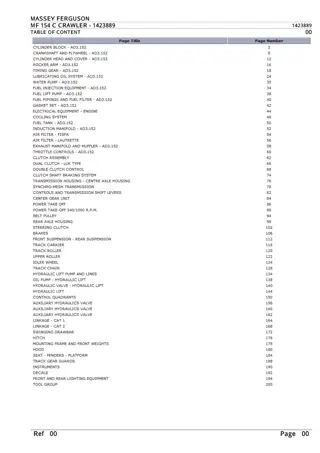CSE 154
This content covers various aspects of PHP programming, including embedded PHP syntax, string manipulation functions, interpreted strings, and arrays. It delves into topics such as zero-based indexing, string concatenation, string functions like strlen, strcmp, strpos, and substr, as well as interpreted strings with variables. Additionally, it explains array creation, element retrieval, element assignment, and appending values in PHP arrays.
Download Presentation

Please find below an Image/Link to download the presentation.
The content on the website is provided AS IS for your information and personal use only. It may not be sold, licensed, or shared on other websites without obtaining consent from the author.If you encounter any issues during the download, it is possible that the publisher has removed the file from their server.
You are allowed to download the files provided on this website for personal or commercial use, subject to the condition that they are used lawfully. All files are the property of their respective owners.
The content on the website is provided AS IS for your information and personal use only. It may not be sold, licensed, or shared on other websites without obtaining consent from the author.
E N D
Presentation Transcript
CSE 154 LECTURE 6: EMBEDDED PHP
PHP syntax template HTML content <?php PHP code ?> any contents of a .php file between <?php and ?> are executed as PHP code HTML content all other contents are output as pure HTML <?php PHP code ?> HTML content ... PHP
String type $favorite_food = "Ethiopian"; print $favorite_food[2]; # h PHP zero-based indexing using bracket notation string concatenation operator is . (period), not + 5 + "2 turtle doves" produces 7 5 . "2 turtle doves" produces "52 turtle doves can be specified with "" or ' '
String functions # index 0123456789012345 $name = Austin Weale"; $length = strlen($name); # 16 $cmp = strcmp($name, Linda Guo"); # > 0 $index = strpos($name, s"); # 2 $first = substr($name, 7, 4); # Weal" $name = strtoupper($name); # AUSTIN WEALE PHP Name strlen strpos substr strtolower, strtoupper trim explode, implode Java Equivalent length indexOf substring toLowerCase, toUpperCase trim split, join
Interpreted strings $age = 16; print "You are " . $age . " years old.\n"; print "You are $age years old.\n"; # You are 16 years old. PHP strings inside " " are interpreted variables that appear inside them will have their values inserted into the string strings inside ' ' are not interpreted: print 'You are $age years old.\n'; # You are $age years old.\n PHP if necessary to avoid ambiguity, can enclose variable in {}: print "Today is your $ageth birthday.\n"; print "Today is your {$age}th birthday.\n"; PHP # $ageth not found
Arrays $name = array(); # create $name = array(value0, value1, ..., valueN); $name[index] # get element value $name[index] = value; # set element value $name[] = value; # append PHP $a = array(); # empty array (length 0) $a[0] = 23; # stores 23 at index 0 (length 1) $a2 = array("some", "strings", "in", "an", "array"); $a2[] = "Ooh!"; # add string to end (at index 5) PHP to append, use bracket notation without specifying an index element type is not specified; can mix types
Array functions function name(s) count print_r array_pop, array_push, array_shift, array_unshift in_array, array_search, array_reverse, sort, rsort, shuffle array_fill, array_merge, array_intersect, array_diff, array_slice, range array_sum, array_product, array_unique, array_filter, array_reduce description number of elements in the array print array's contents using array as a stack/queue searching and reordering creating, filling, filtering processing elements
Array function example $tas = array("MD", "BH", "KK", "HM", "JP"); for ($i = 0; $i < count($tas); $i++) { $tas[$i] = strtolower($tas[$i]); } # ("md", "bh", "kk", "hm", "jp") $morgan = array_shift($tas); # ("bh", "kk", "hm", "jp") array_pop($tas); array_push($tas, "ms"); array_reverse($tas); sort($tas); $best = array_slice($tas, 1, 2); # ("hm", "kk") # ("bh", "kk", "hm") # ("bh", "kk", "hm", "ms") # ("ms", "hm", "kk", "bh") # ("bh", "hm", "kk", "ms") the array in PHP replaces many other collections in Java list, stack, queue, set, map, ...
The foreach loop foreach ($array as $variableName) { ... } PHP $stooges = array("Larry", "Moe", "Curly", "Shemp"); for ($i = 0; $i < count($stooges); $i++) { print "Moe slaps {$stooges[$i]}\n"; } foreach ($stooges as $stooge) { print "Moe slaps $stooge\n"; # even himself! } a convenient way to loop over each element of an array without indexes
bool (Boolean) type $feels_like_summer = FALSE; $php_is_rad = TRUE; $student_count = 217; $nonzero = (bool) $student_count; # TRUE PHP the following values are considered to be FALSE (all others are TRUE): 0 and 0.0 "", "0", and NULL (includes unset variables) arrays with 0 elements can cast to boolean using (bool) FALSE prints as an empty string (no output); TRUE prints as a 1
Math operations $a = 3; $b = 4; $c = sqrt(pow($a, 2) + pow($b, 2)); PHP abs min ceil pow cos rand floor round log sin log10 sqrt max tan math functions M_PI M_E M_LN2 math constants the syntax for method calls, parameters, returns is the same as Java
NULL $name = "Victoria"; $name = NULL; if (isset($name)) { print "This line isn't going to be reached.\n"; } a variable is NULL if it has not been set to any value (undefined variables) it has been assigned the constant NULL it has been deleted using the unset function can test if a variable is NULL using the isset function NULL prints as an empty string (no output)
Printing HTML tags in PHP = bad style <?php print "<!DOCTYPE html>\n"; print "<html>\n"; print " <head>\n"; print " <title>Geneva's web page</title>\n"; ... for ($i = 1; $i <= 10; $i++) { print "<p class=\"count\"> I can count to $i! </p>\n"; } ?> PHP printing HTML tags with print statements is bad style and error-prone: must quote the HTML and escape special characters, e.g. \" but without print, how do we insert dynamic content into the page?
PHP expression blocks <?= expression ?> PHP <h2> The answer is <?= 6 * 7 ?> </h2> PHP The answer is 42 output PHP expression block: evaluates and embeds an expression's value into HTML <?= expr ?> is equivalent to <?php print expr; ?>
Expression block example <!DOCTYPE html> <html> <head><title>CSE 154: Embedded PHP</title></head> <body> <?php for ($i = 99; $i >= 1; $i--) { ?> <p> <?= $i ?> bottles of beer on the wall, <br /> <?= $i ?> bottles of beer. <br /> Take one down, pass it around, <br /> <?= $i - 1 ?> bottles of beer on the wall. </p> <?php } ?> </body> </html> PHP
Common errors: unclosed braces, missing = sign <body> <p>Watch how high I can count: <?php for ($i = 1; $i <= 10; $i++) { ?> <? $i ?> </p> </body> </html> PHP </body> and </html> above are inside the for loop, which is never closed if you forget to close your braces, you'll see an error about 'unexpected $end if you forget = in <?=, the expression does not produce any output
Complex expression blocks <body> <?php for ($i = 1; $i <= 3; $i++) { ?> <h<?= $i ?>>This is a level <?= $i ?> heading.</h<?= $i ?>> <?php } ?> </body> PHP This is a level 1 heading. This is a level 2 heading. This is a level 3 heading. output expression blocks can even go inside HTML tags and attributes
